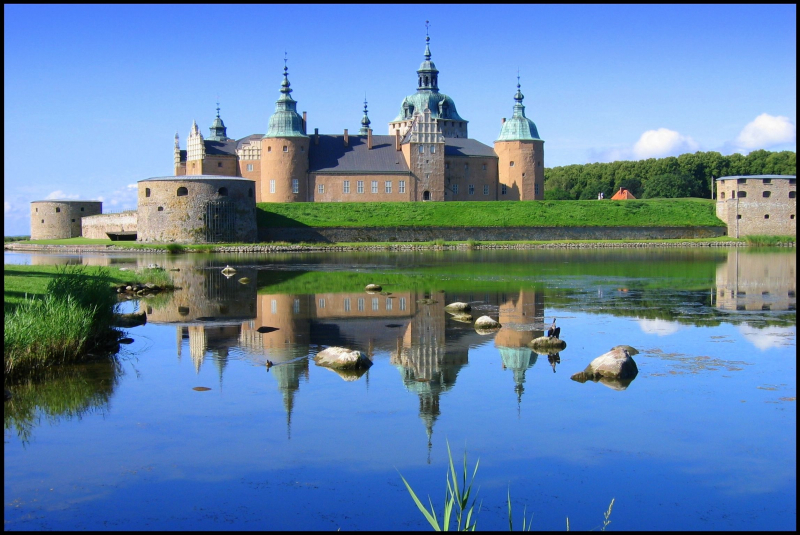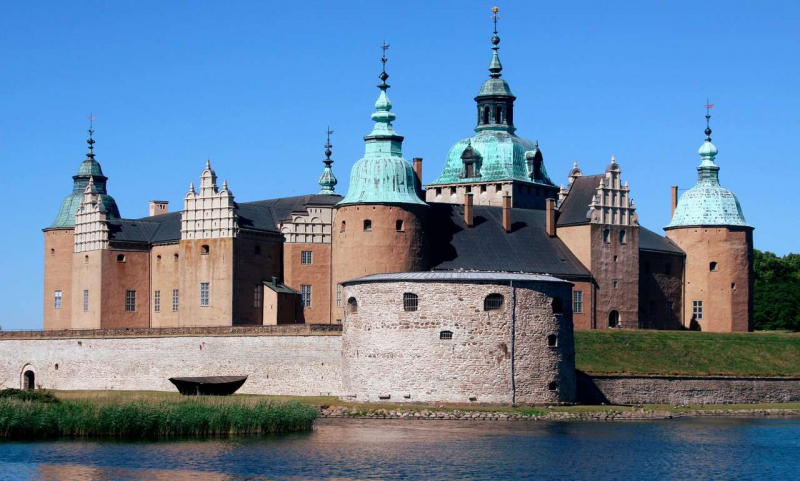Kalmar Castle

Kalmar Castle, which dates back 800 years, is historically significant, illustrating the history of international politics, conflicts, and court events. To get the most out of this interesting site, a guided tour is offered, during which visitors learn about the castle's design as well as cultural and historical aspects. You can even view the castle's historic furnishings, display rooms, and a furnished kitchen, which adds to the learning experience. In addition, in the basement, you may wonder at the Van Gogh display. The experience is multi-sensory, with guests immersed in interactive displays of Van Gogh's artworks.
The fortification was renovated in the 16th century by Ruler Gustav I and his sons King Eric XIV and King John III, who transformed the medieval fortress into a castle suited for a Renaissance king. During Duke Charles' uprising against King Sigismund, the garrison remained faithful to him, even after Sigismund was decisively crushed at the Battle of Stngebro. As a result, the duke's men besieged the fortress in March 1599, forcing it to capitulate on May 12. The three commanders were later executed, along with nineteen other garrison members, in a mass execution known as the Second Kalmar Bloodbath. Kalmar Castle suffered heavy damage during the Siege of Kalmar, the main engagement and namesake of the Kalmar War (1611-3), and was badly damaged by a fire in 1642. Repairs were begun, but from the end of the seventeenth century the castle was allowed to fall into disrepair.
Location: Kungsgatan, Kalmar











